Should You Choose A Kikuyu Or Buffalo Lawn?
Finding a lawn that can thrive in the harsh, yet diverse Australian climate, can be confusing. Depending on your climate and soil type, certain grasses may be better suited ...

Kenda® Kikuyu is the ideal lawn to handle all kinds of wear and tear – whether it be large dogs, active kids or backyard parties. And for homeowners’ keen for a good coloured tough lawn, Kenda grass has the best winter colour of all the warm season turfs – even better than other Kikuyu varieties.
Unlike common Kikuyu, Kenda grass is bred to be sterile and produce minimal seed head – meaning it doesn’t spread into your garden and is great for allergy sufferers.
Kenda grass is an efficient water user and highly drought tolerant making it an ideal choice for areas with low rainfall or council water restrictions. Behind this soft to touch and underfoot grass, is Kenda Kikuyu’s dense fine-medium leaf which makes it ideal to play and lay on.
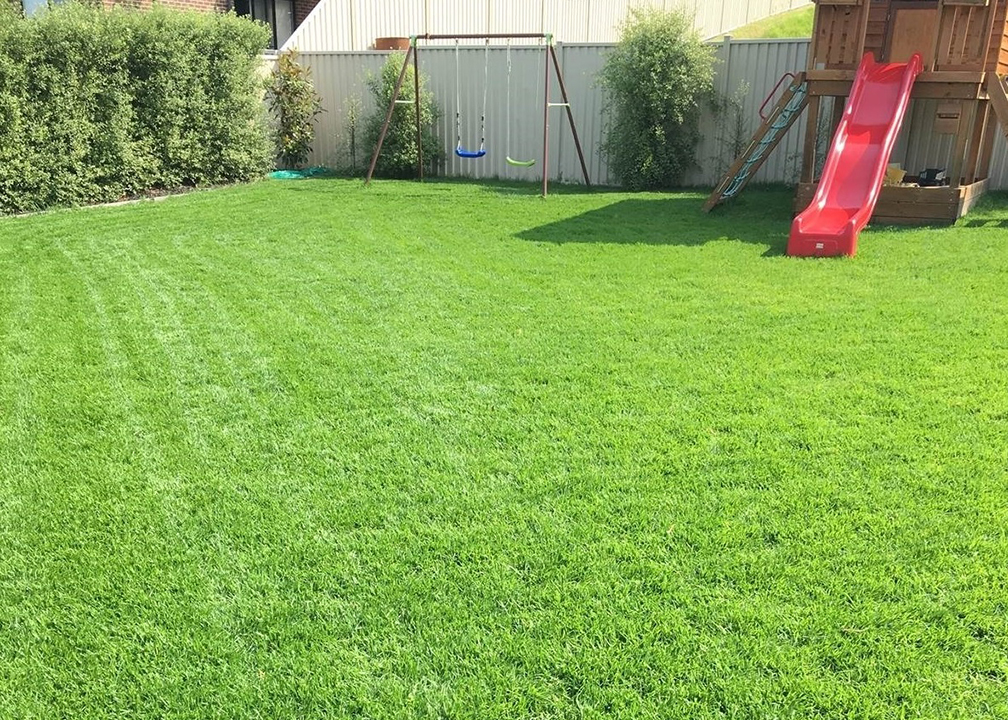 Due to its large prostrate runners and excellent growth rate Kenda Kikuyu copes well under drought conditions.
Due to its large prostrate runners and excellent growth rate Kenda Kikuyu copes well under drought conditions.
With water restrictions and hot weather becoming an issue across much of Australia, Kenda grass is an ideal choice.
After dry weather, Kenda grass quickly re-establishes once water is available making it perfect for homeowners in areas where water restrictions are often enforced.
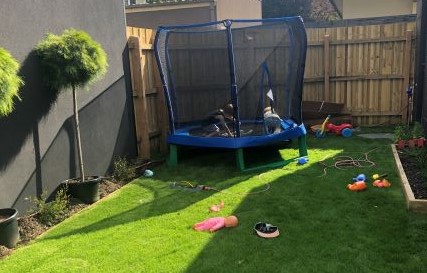
Kenda Kikuyu’s strong root system grows quite vigorously resulting in a lawn that establishes quickly, is incredibly wear tolerant and has an excellent recovery rate.
In fact, Kenda grass is the only turf variety to have extra-large prostrate runners and four times as many rhizomes compared to other Kikuyu varieties, making it incredibly wear tolerant with an excellent recovery rate.
Kenda grass is a tough lawn and still has the added key feature of been bright green.
Kenda turf also has a slightly greener colour than regular Kikuyu and will stay green during winter as long as it is maintained.
Kenda Kikuyu’s dense green leaf is what makes it soft to touch underfoot and ideal surface for kids and pets to play on.
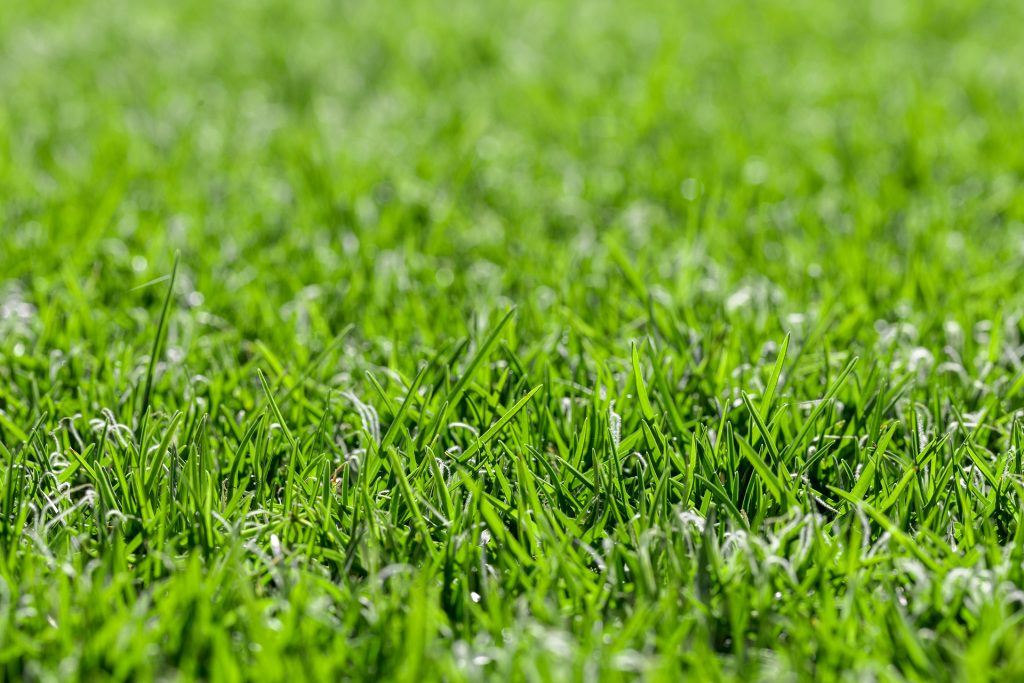 Common Kikuyu and seeded types regularly produce viable seed which spreads into places you don’t want (such as garden beds) and the seed heads can also cause problems for allergy sufferers.
Common Kikuyu and seeded types regularly produce viable seed which spreads into places you don’t want (such as garden beds) and the seed heads can also cause problems for allergy sufferers.
Kikuyu, Kenda is bred to be sterile and produce a minimal seed head.
This reduces its likelihood of invading surrounding properties or causing problems for allergy sufferers.
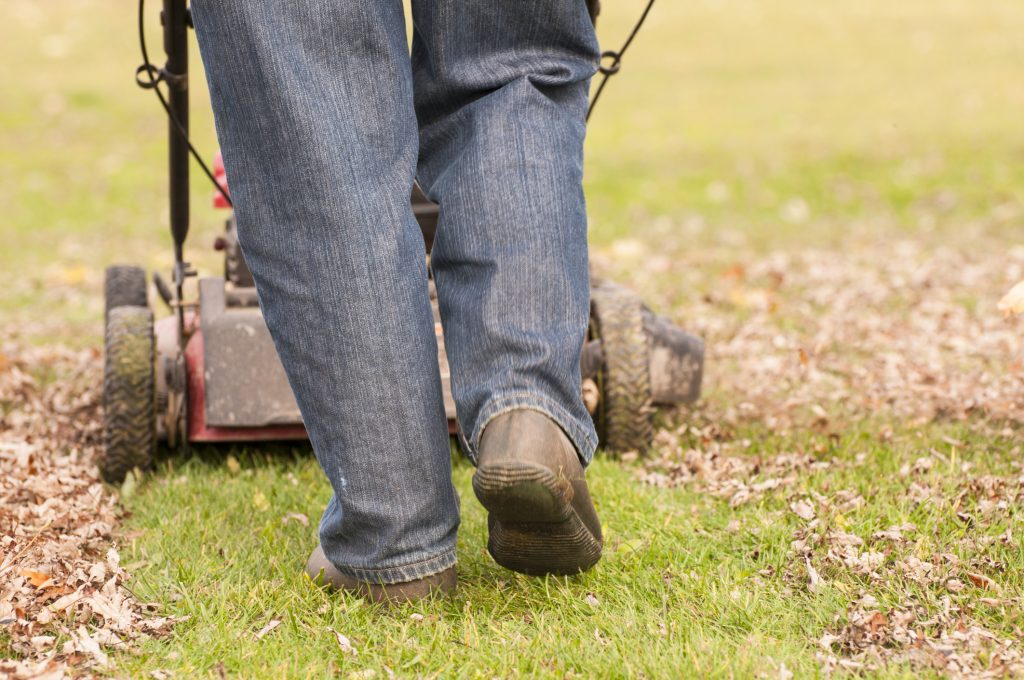 Kenda Kikuyu grows more horizontally than vertically, meaning it will be a smaller height than other Kikuyu lawns when unmown.
Kenda Kikuyu grows more horizontally than vertically, meaning it will be a smaller height than other Kikuyu lawns when unmown.
Kenda grass is also more uniform and has a denser appearance than common Kikuyu.
Like other grass types in Australia, to maintain a good-looking lawn it is preferably to regularly mow your Kenda lawn or it will get untidy and thin out.
Mow your Kenda Kikuyu every 7-10 days in the hot months and every 3-6 weeks during the cooler months.
Mowing height for Kenda Kikuyu will vary from 25mm-50mm in sunny/lightly shaded areas and 50mm-70mm in heavier shaded sites.
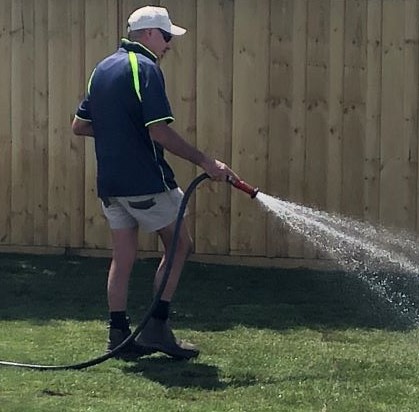
Newly installed Kenda grass has important water needs to ensure it becomes firmly established.
Begin watering your new Kenda Kikuyu within half an hour after it has been laid and apply at least 2cm to 3cm of water so that the soil beneath the grass is very wet.
To establish your new Kenda lawn make sure it is wet enough to pull back a corner of the turf and push a screwdriver or other sharp tool into the soil – it should push in easily when there is enough moisture.
Make sure water is getting to all your newly laid Kenda grass and water to all corners and edges.
As the Kenda grass begins to establish its new roots into the soil, it will be difficult, impossible/or harmful to pull back a corner to check the soil moisture – just push your sharp tool through the grass and into the soil.
Once your Kenda turf is established, infrequent and deep watering is preferably for your new lawn because the roots of your Kenda grass will only grow as deeply as its most frequently available water supply.
Deeply rooted Kenda grass has a larger “soil-water bank” to draw moisture from and this will help the grass survive drought and hot weather that rapidly dries out the upper soil layer.
Once the root system is full established water your Kenda lawn when slight wilting is visible – during Summer this is usually every 7-10 days (on sandy soils more often) and much less or no water in cooler months.
The best time to water your Kenda grass is early morning – night watering is not recommended.
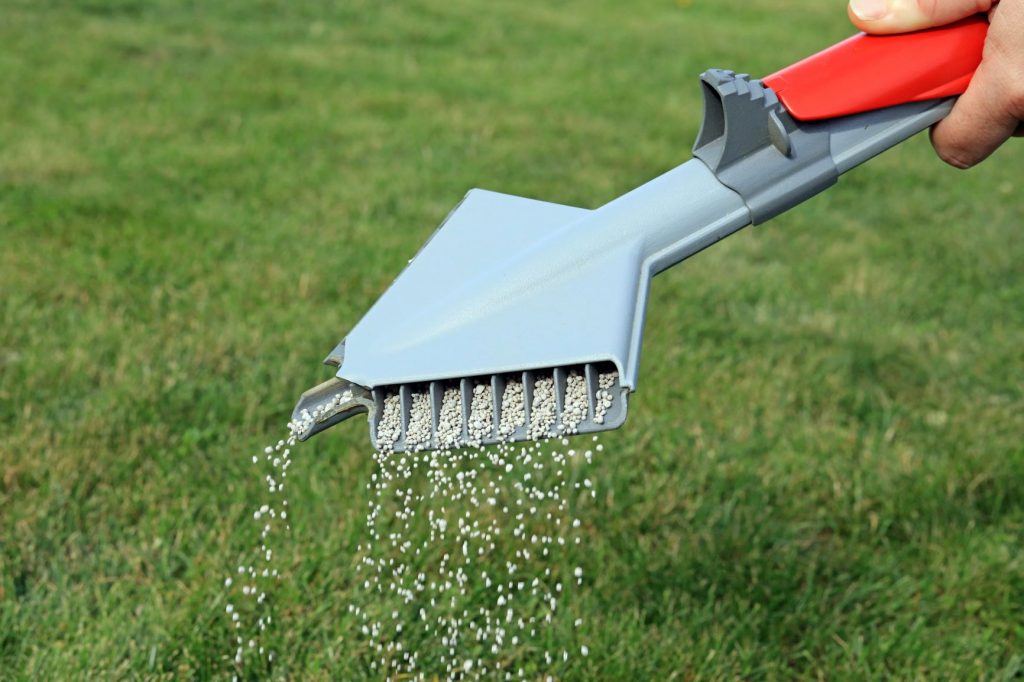
For your Kenda Kikuyu to remain strong and healthy fertilising is a must.
One month after laying your new lawn, use a slow release fertiliser on your Kenda grass.
For established lawns, we recommend using a good quality slow release fertiliser at least twice a year on your Kenda grass – first in April and then again in September.
If your Kenda lawn needs a quick green-up then try a fertiliser that is high in nitrogen, for example a Supergreen or an organic based slow release fertiliser.
Slow release fertilisers are generally better for Kenda Kikuyu and more cost effective.
However, during summer avoid over fertilising your Kenda lawn or using manure-based products.
If weeds infest your Kenda grass, first try hand eradication before seed head develops or apply a suitable weedicide at your local garden centre.
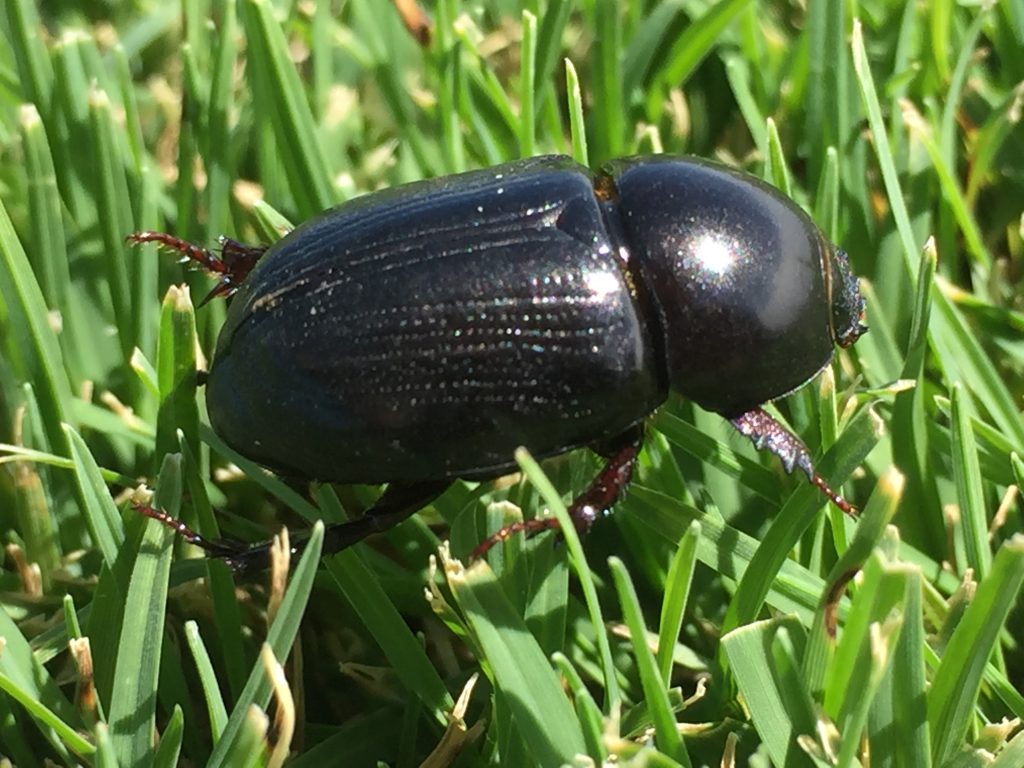
Kenda Kikuyu is resistant to common pests and lawn diseases compared to most other lawn varieties.
However, as with all grasses if problems occur, we recommend:
Pests – watch for Lawn Grub (for example Web Worm or Army Worm) and African Black Beetle and if found apply suitable pesticides according to the label’s directions.
Diseases – as Kenda Kikuyu has very good disease tolerance this is usually not an issue, however, if you have concerns speak to your local garden centre for advice.
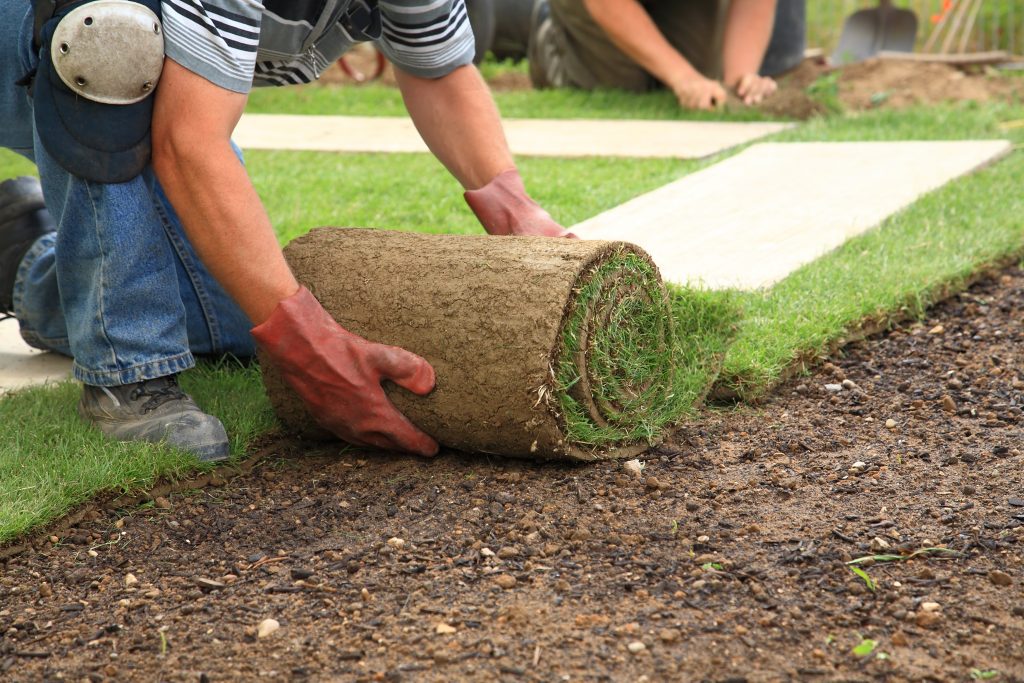 Kenda Kikuyu can be laid anytime of the year but as with all grasses spring is always the best time for the new lawn to establish.
Kenda Kikuyu can be laid anytime of the year but as with all grasses spring is always the best time for the new lawn to establish.
Kenda Kikuyu can be found in Queensland, New South Wales, the ACT, Victoria, South Australia and Western Australia. Your local grower suppliers can easily be found with our online supplier locator tool.
Price-wise – Kenda Kikuyu is also one of the most reasonably priced grasses between $9 and $16 per square metre. To get more Kenda Kikuyu pricing info, visit our Kenda Kikuyu info page and get 3 quotes from your local growers today.
myhomeTURF’s Certificate of Authenticity provides you with the confidence and satisfaction that you have bought the genuine variety from our licenced farmers. Don’t forget to ask for your own certificate when you have purchased your new law – and enjoy!
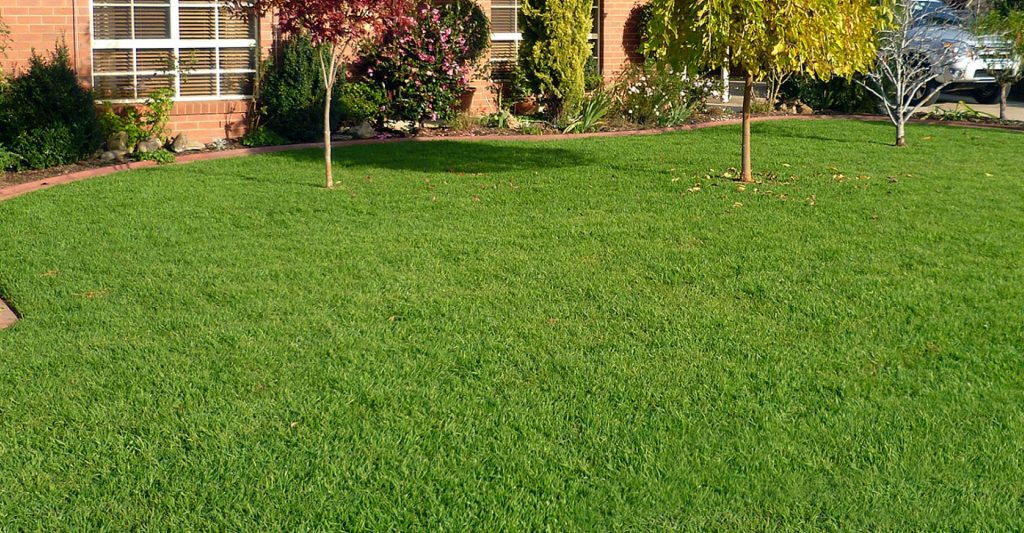
Maintenance: Kenda Kikuyu is low maintenance compared to other Kikuyu grasses but does need regular mowing in hot months.
Water efficiency: Kenda grass has a deep root system which means it is an efficient water user during hot months – especially in drought conditions.
Drought tolerance: Kenda Kikuyu’s strong deep roots mean it has a high drought tolerance.
Wear tolerance: Kenda Kikuyu’s strong root system which grows vigorously results in a very wear and tear tolerant lawn.
Colour: Kenda grass has a slightly greener colour than regular Kikuyu and stays greener during winter.
Establishment: Fast to establish – usually about two to three weeks.
Shade tolerance: Kenda grass has low to moderate shade tolerance.
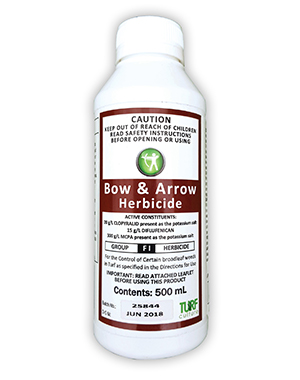
Bow and Arrow 500mL is one of the most effective broadleaf liquid herbicides on the market. Suitable for Zoysia, Kikuyu, Couch and Buffalo grasses however transient discolouration may occur on Kikuyu, Carpet and Queensland Blue Couch lawns. Always read the safety directions and instructions on the product label before use.
SHOP NOW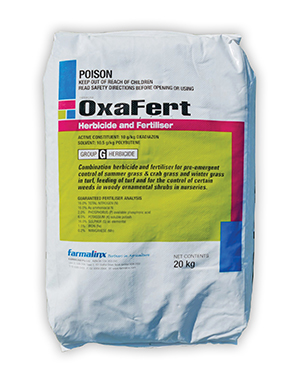
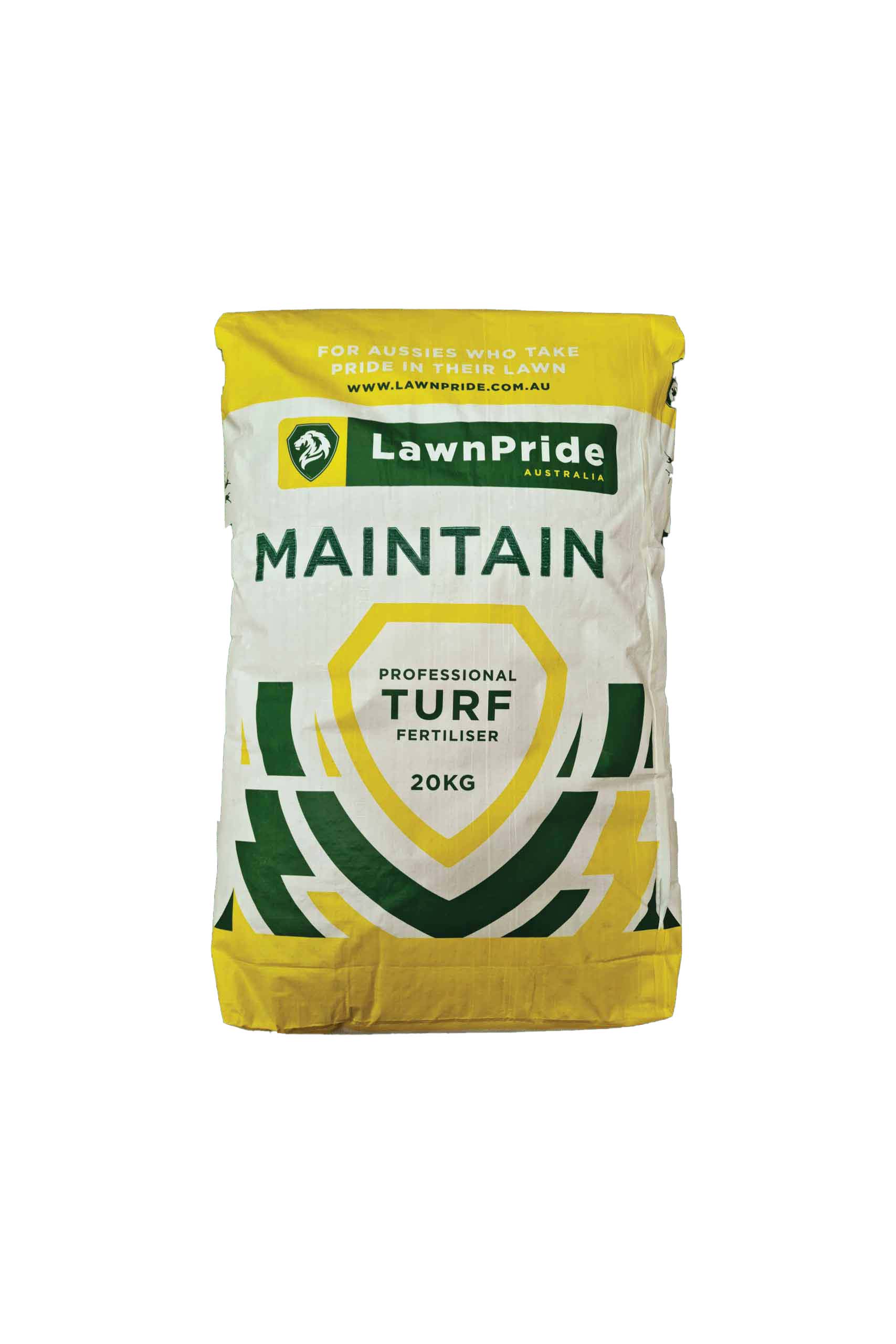
Lawn Pride Maintain 26-2-9 + 3.4 Fe 20kg is one of the most popular granular all-round lawn fertilisers on the market with the active ingredients of Nitrogen (N – 26), Phosphorus (P – 2), Potassium(K – 9) and Iron (Fe – 3.4). Suitable for Zoysia, Kikuyu, Couch and Buffalo grasses. Always read the safety directions and instructions on the product label before use.
SHOP NOW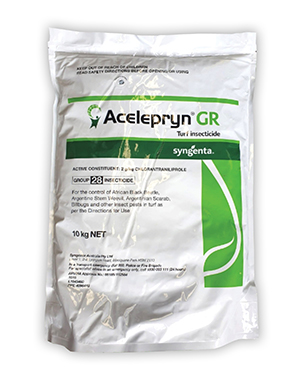
Acelepryn GR 10kg Bag provides unmatched granular seasonal control against seasonal Long Grub and Caterpillar control in one single application. Suitable for Zoysia, Kikuyu, Couch and Buffalo grasses. Always read the safety directions and instructions on the product label before use.
SHOP NOW